The paramount role of financial independence in the empowerment journey of women is well understood and established. Numerous reports have indicated the need and potential benefits of having more women in the workforce- not only for women themselves but for organisations, the economy and overall society.
However, it is a sad reality that India ranks very low in terms of female participation in the workforce. We are one of the few countries where this particular statistic has actually declined in the past two decades. The lack of employment and livelihood opportunities takes away the essential sense of agency from women’s lives. The situation is worse for women living in rural areas who have to face an array of other problems that include lack of resources, denial of educational opportunities, early marriages and conservative patriarchal mindset of families.
But there is always a bright side to every scenario. There are a number of people and organisations who are doing inspirational work to bring about desired changes. Founded in 1996, Literacy India is an organisation that has created immense impact in the areas of education and employment through their work. In this interview with TheCSRUniverse, Capt. Indrani Singh, Managing Trustee, Literacy India, discusses their major initiatives in the domain of women empowerment- the ideas, implementation approach, challenges and solutions.
Q. Literacy India recently felicitated many women working in the social sector. Who are these women?
A. Literacy India felicitated women heading the CSR initiatives of various corporate houses for their sensibility towards social causes, coupled with an eye for details. These women have made well-informed decisions and driven CSR campaigns within the organizations to bring about a change in the lives of thousands of underprivileged women and children, thus impacting several families at large. Their consistent efforts have led to a surge in volunteering exercise among corporates and individuals.
Q. Please tell us about your Social Enterprise Indha and the thought process behind running it?
A. Indha Group was formed in 2005 to help rural and urban slum women who had learned basic stitching and dressmaking but had no market. The purpose was to help them, but after studying the market, it became necessary to reskill most of them to match the market need. New designs were needed to meet the market demand for products such as block printing, handmade paper, and stationary. The UNSDG- 2030 goals brought the spotlight on women empowerment, sustainability, poverty alleviation and social enterprise to enter the market. Multiple rounds of market research were conducted to understand demand and collect feedback from the market. This was then incorporated into a special training under Karigari.
Though there was adequate market space available for handmade traditional products, it was important to ensure that the products were of high quality with modern designs. To ensure that both Karigari and Indha worked together to create market-friendly products, special training sessions were held with designer inputs and pilot runs. Indha programs follow the ICE (Investing, Capacitating, and Enablement) model. Through this model, Indha plans to create a pragmatic, risk-free business for rural and semi-urban artisans.
The product journey includes creating each product with one woman whose story is identified, and a connection is drawn to the product. There is a direct artisan-to-customer link, unlike B2B platforms. Quality assurance is in-house, from training to design selection to production. Most importantly, all raw materials are either upcycled to new designs or are eco-friendly.
Indha is all about empowering rural/urban slum women, keeping Indian craft alive and promoting handmade products. The artisans come from ethnic, traditional Indian backgrounds and carry a flavour of something original and indigenous. Hand embroidery and hand-painted designs are specially created with the user in mind who loves creativity, class and originality. Indian furnishings are loved for quality and viewed as long-term investment overseas. Our work has rural craft with Indian colors in embroidery which gives the products a ‘wow’ factor. New age buyers want sustainable, women-empowering goods and to help underprivileged people. Our overseas shipping is done with a ‘From India with love’ message.
Q. Please briefly tell us the women centric projects that your organisation has been working on in the last 2-3 years. What change these projects are bringing in the life of beneficiaries?
A. Over the past 2-3 years, our organization has been focused on a variety of projects that prioritize the needs and interests of girls and women. We have made a concerted effort to ensure that our programs are gender-inclusive, with girls participating in everything from basic education to higher education, and across a range of technical and vocational training courses.
Our initiatives have enabled girls to pursue diverse fields, from hardware and mobile maintenance classes to coding and other STEM-related subjects. We also have programs such as Women in Technology and Gurukul 2.0, which offer mentorship and sponsorship opportunities for girls to excel in top-tier institutions such as the Indian Institutes of Technology (IITs) and inculcate industry-relevant skills to get jobs in companies.
In addition, we have also provided driving training for girls and women in rural and slum areas, encouraging self-sufficiency and mobility. Our organization remains committed to supporting girls and women to complete their education and achieve their career aspirations. We are proud to have helped girls become health professionals, diagnosticians, artists, entrepreneurs, farmers, and even martial arts champions, as seen in our recent Khelo India winners.
Our organization is dedicated to gender equality and empowerment, and we strive to provide our beneficiaries with the necessary skills, support and encouragement to succeed in all aspects of life.
Q. Who are your partners for your key projects focussed on women empowerment?
A. Our organization collaborates with several partners to support our key projects focused on women's empowerment. Some of our notable partners include Dell Technologies, MasterCard, Pahwa Group, Clifford Chance, Deloitte, KPMG and Teleperformance.
We value our partnerships greatly and work closely with each of our partners to ensure that our programs are tailored to meet the unique needs of our beneficiaries. Through these collaborations, we are able to leverage the expertise and resources of our partners to enhance the impact of our programs and achieve our shared goals of empowering women and girls.
Q. While working on women centric projects, what are the challenges you face in rural and semi-urban areas?
A. While working on women-centric projects in rural and semi-urban areas, our organization has faced several challenges. In rural areas, early marriages, lack of transportation for education and training, conservative backgrounds, domestic violence, and extreme poverty are some of the primary obstacles we have encountered. Due to cultural norms and practices, girls in rural areas are often married off at a young age, which can hinder their educational and career opportunities. Additionally, lack of access to transportation and limited infrastructure can make it difficult for girls to attend school or participate in vocational training programs. Conservative attitudes towards women and domestic violence are also prevalent, which can impact their mental and physical wellbeing.
Similarly, in urban slums, we have observed domestic violence, early marriages, poverty, lack of nutrition, and conservative attitudes towards women to be the significant challenges. Women often face rigid and oppressive behaviour from their families, which can limit their choices and opportunities. In some cases, depression can lead to suicides.
Despite these challenges, our organization remains committed to addressing the root causes of gender inequality and empowering women and girls to achieve their full potential.
Q. In case of rural women, families and communities play a decisive role in their empowerment journeys- how do you sensitise/involve them during your projects?
There are a number of ways we do this which include:
- Regular survey and motivation sessions to involve families and communities in empowerment journeys of rural women
- Having a woman pilot as the head of the organization helps to impress the community and change mindset
- Creating role models from the community to inspire others to follow suit
- Supporting women entrepreneurs with capital to start their enterprises and providing necessary resources such as sewing machines, bicycles, seeds, and greenhouses
- Providing support outside of the project when needed
- Supporting children's education through holistic literacy programs
- Regular health camps to ensure the overall well-being of the community
Q. How is your organisation using technology interventions in various women-oriented projects?
Technology has played a significant role in our organization's women-oriented projects since inception. Our future skill programs have a high number of young women involved. We are committed to digital empowerment for all our women beneficiaries.
During the COVID-19 period, Literacy India had the highest number of employee engagements with our beneficiaries through technology, providing motivation and a sense of well-being. Tech-based financial literacy is an important component of the Karigari Project of Literacy India. We have created a special documentary called ‘Udaan’ in various languages to cater to women training under any grassroots skill program.
Q. Notwithstanding the significance of employment and skilling, the lack of livelihood and employment opportunities often turns out to be the most difficult roadblock for rural women. Given your extensive experience in the area, what suggestions would you give to address this particular issue?
A. Literacy India focuses on the 4 E's - education, employment enablement, empowerment and environment sustainability - to achieve greater inclusivity and mainstream marginalized communities. In particular, our Karigari project provides vocational skills to vulnerable rural communities that lack access to employment opportunities. The Indha project, initiated in 2005, allows trainees to earn while they learn, providing economic and social empowerment.
Due to the lack of livelihood opportunities in rural areas, Literacy India starts by promoting school bags, uniforms and woollens through the Indha project, which also provides extensive training for these projects. The organization conducts surveys to determine the kinds of small businesses that rural women would be interested in and helps them with capital to set up their own shop or home business.
In areas where agriculture is the primary source of income, Literacy India helps with seeds, greenhouses, goat/cow rearing, carts, tea-stalls, kitchens to sell food, and carts to sell vegetables. Financial literacy is also an integral part of their approach, and most women have been given basic smartphones to manage UPI payments. With urbanization getting closer to rural areas, the organization also assists motivated young women in traveling for work in health sectors.
Q. Where do you see the scope of improvement in how CSR planning is done by corporates for projects related to women empowerment?
A. The implementation of CSR planning for projects related to women empowerment is still a work in progress, particularly in India. While there is greater awareness among multinational companies due to the UNSDG 2030, Indian companies have a lot of catching up to do. One major issue is that many companies do not have dedicated CSR departments and the responsibility is often handled by HR teams. To improve the situation, Indian companies should consider establishing CSR departments with proper processes in place and allocate sufficient funding to cover all necessary processes and compliances, which are increasingly being demanded by the government. The government's CSR rule also needs to be less ambiguous and clearer for most companies. Overall, there is still a lot of room for improvement in how CSR planning is done for projects related to women empowerment.
Q. What are your suggestions to policy makers towards ensuring better impact through various CSR projects in India?
A. To ensure better impact through various CSR projects in India, policy makers need to address certain issues. Firstly, there is a need for an AI tool by the government which can cover remote corners of the country, provided there are basic amenities like roads, transportation, electricity and cell towers. This will help organizations to address problems in such areas. Secondly, the ambiguity surrounding CSR needs to be solved. The government needs to promote videos and clear information bulletins for companies to follow the rules. There are many companies, such as Dell, MasterCard, KPMG, and Deloitte, that are genuinely committed to nation-building through CSR, and they must be acknowledged and awarded by the government. This will motivate them to do more than just following the 2% CSR rule. Overall, policy makers need to ensure that there is proper guidance, recognition, and incentives for companies to carry out impactful CSR projects.



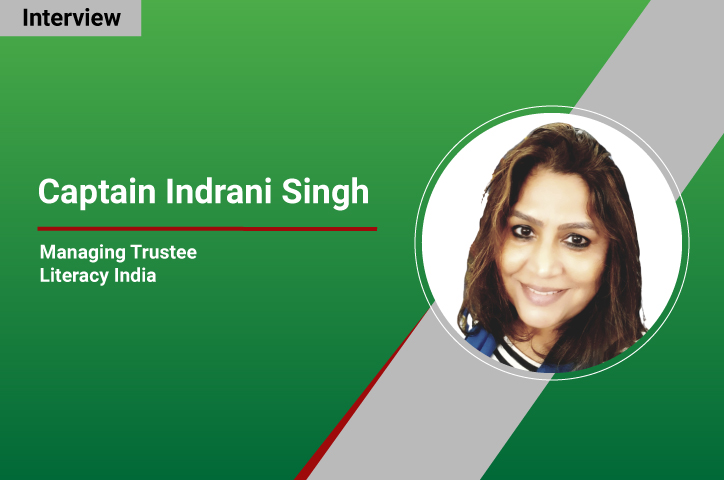
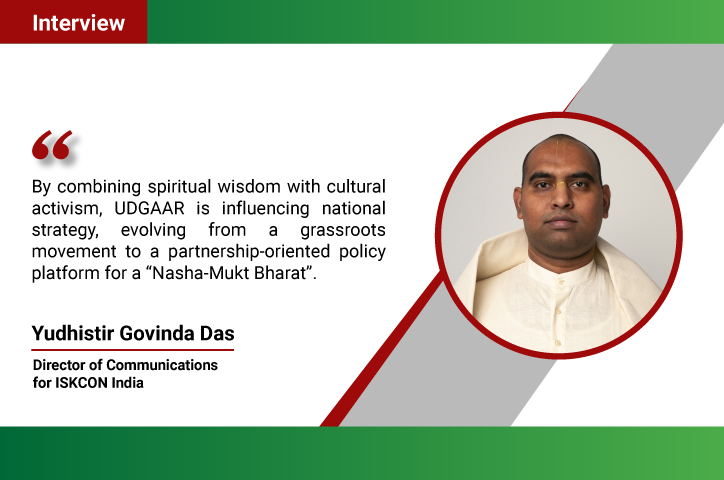

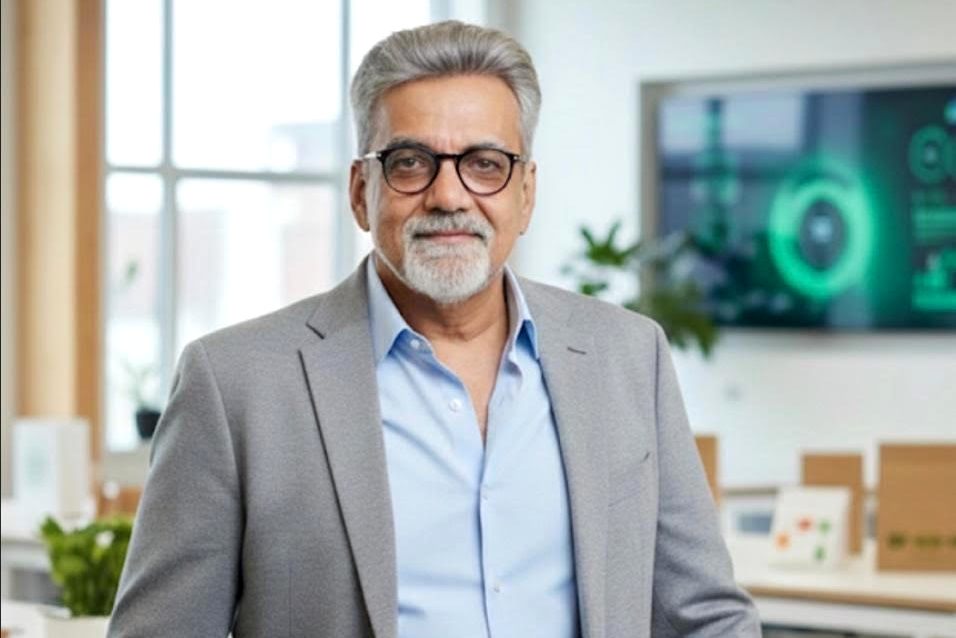


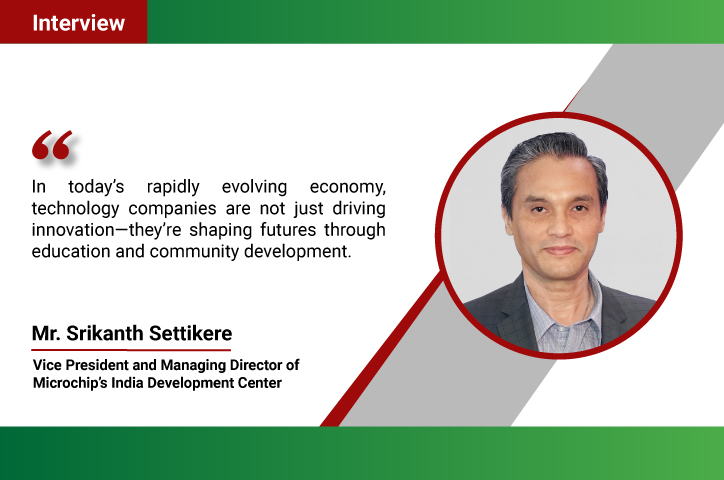
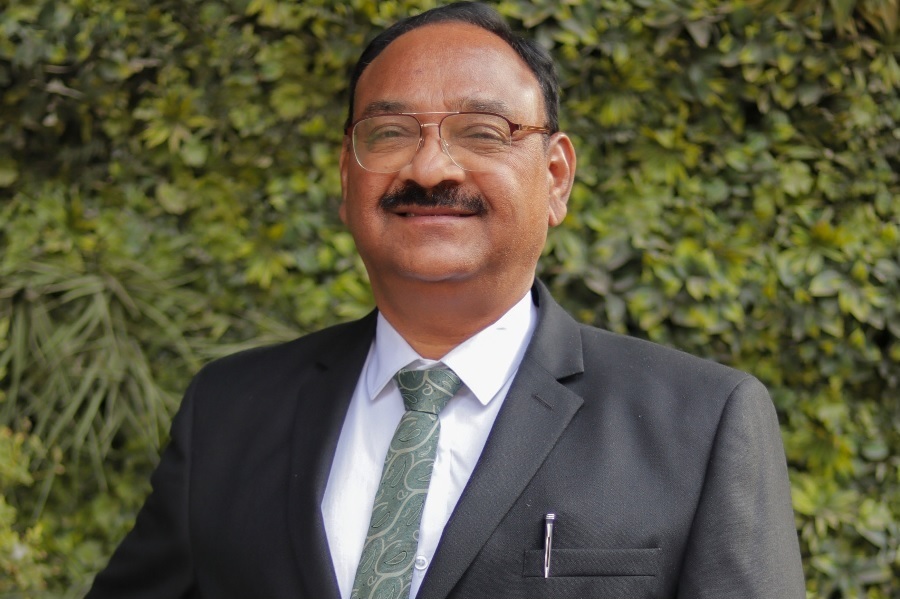
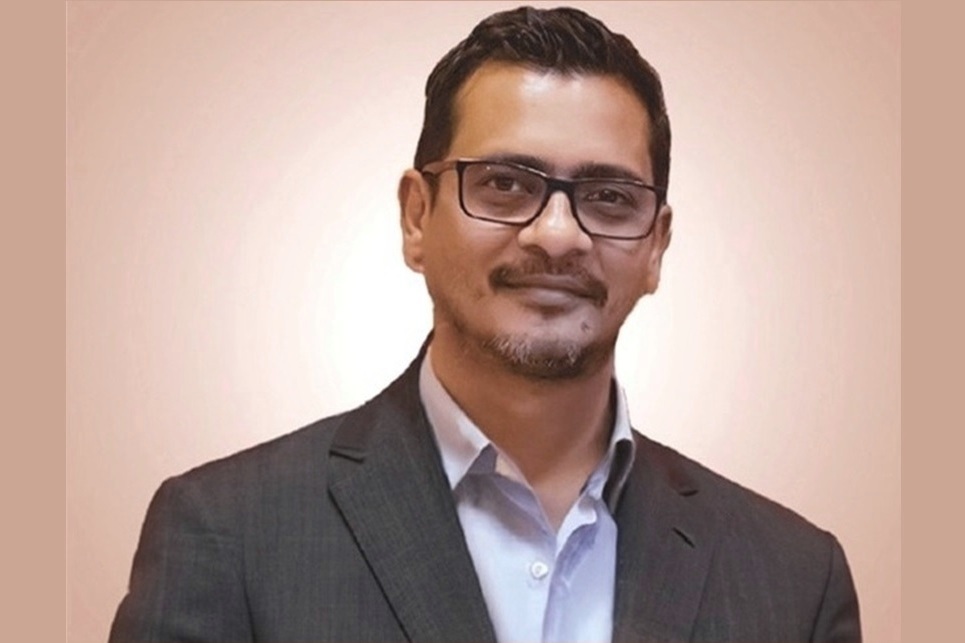

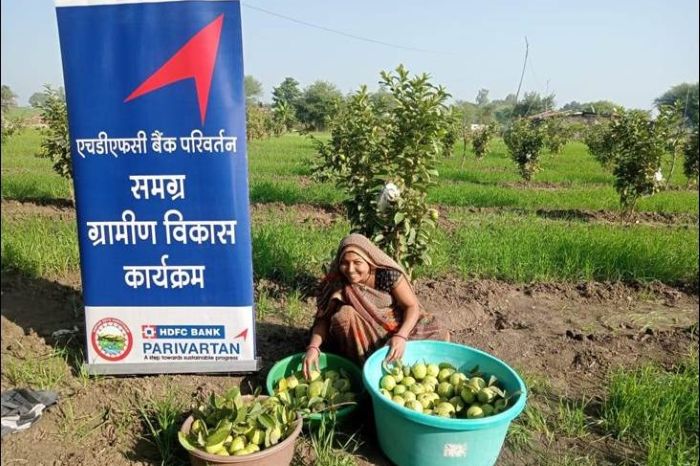

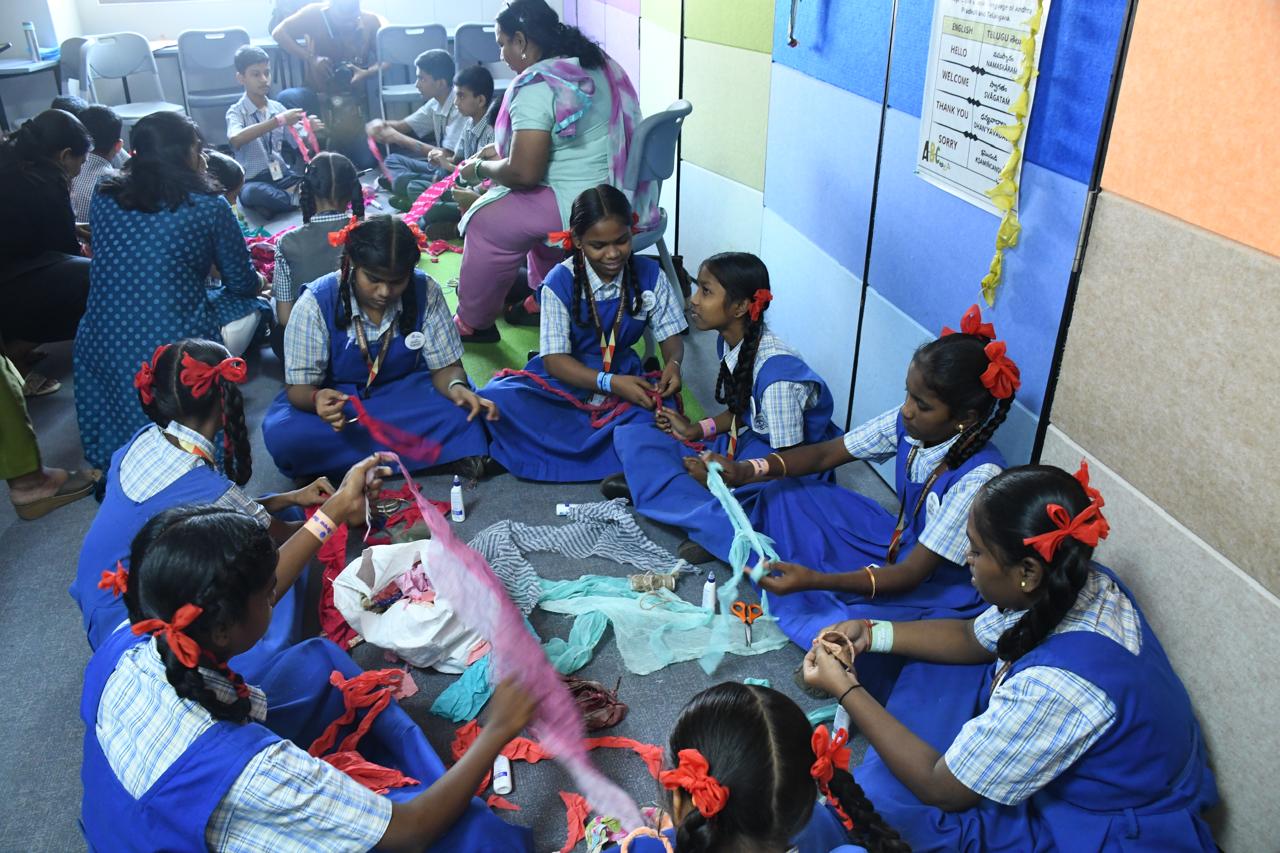

.jpg)




